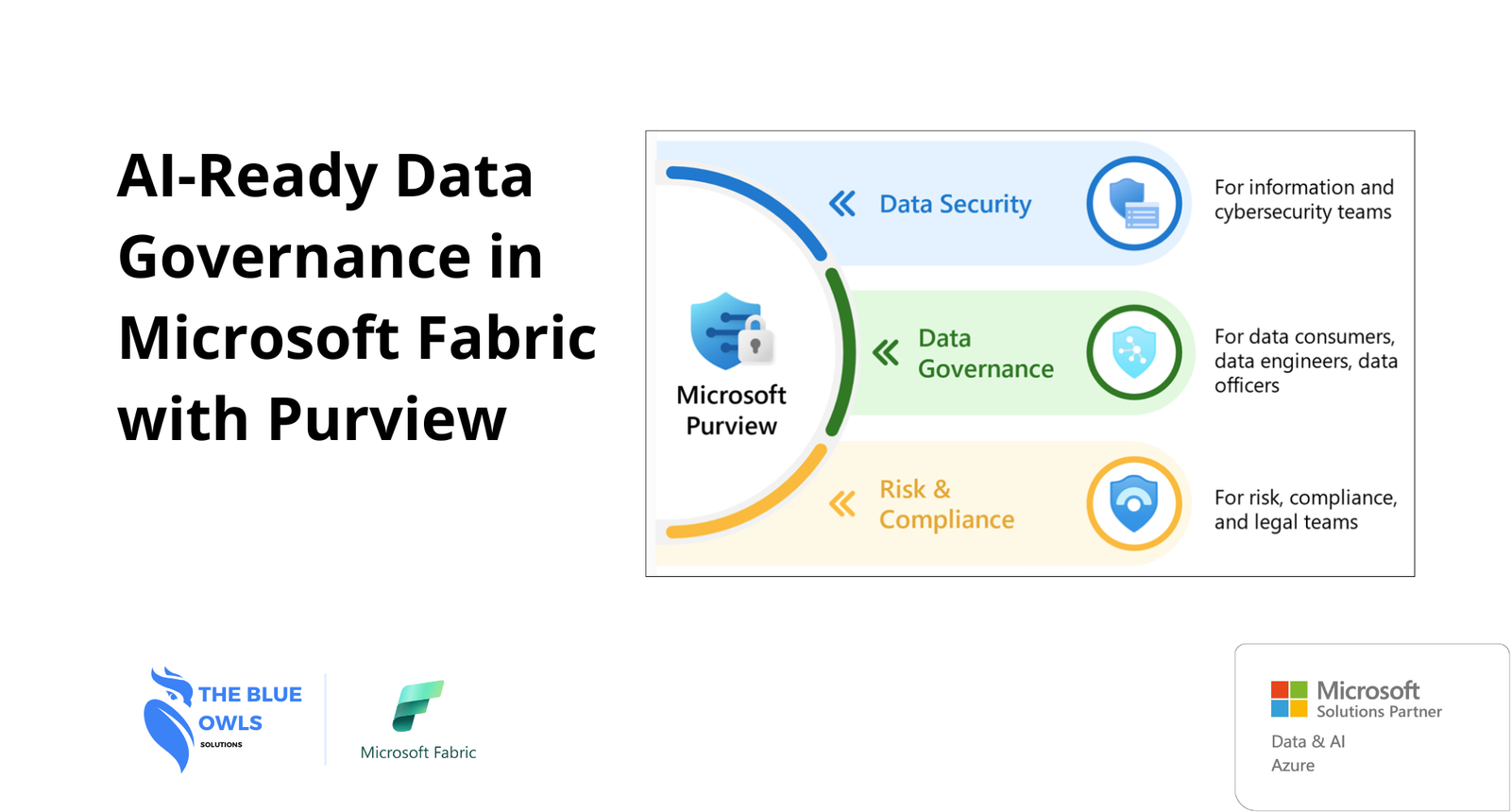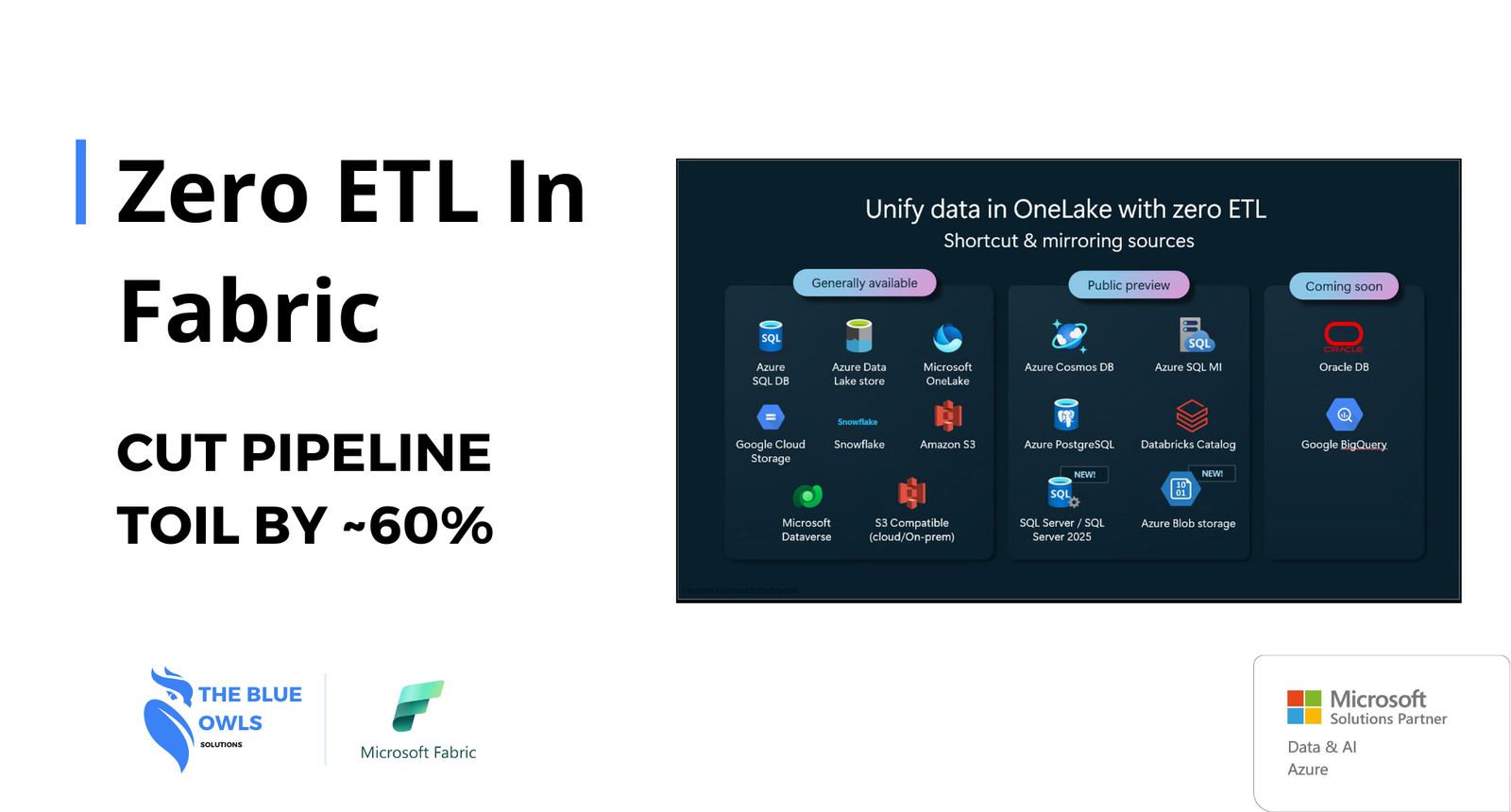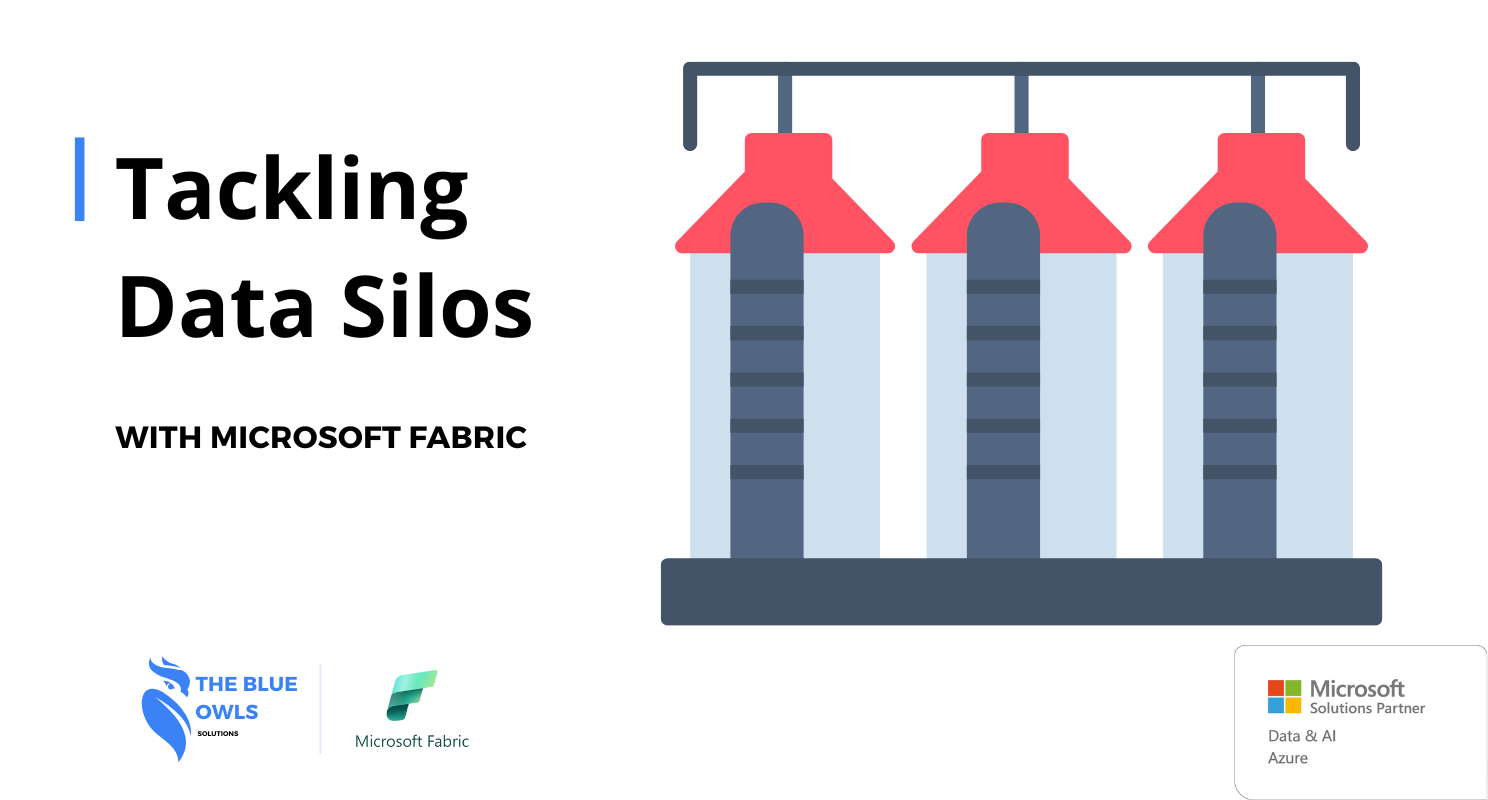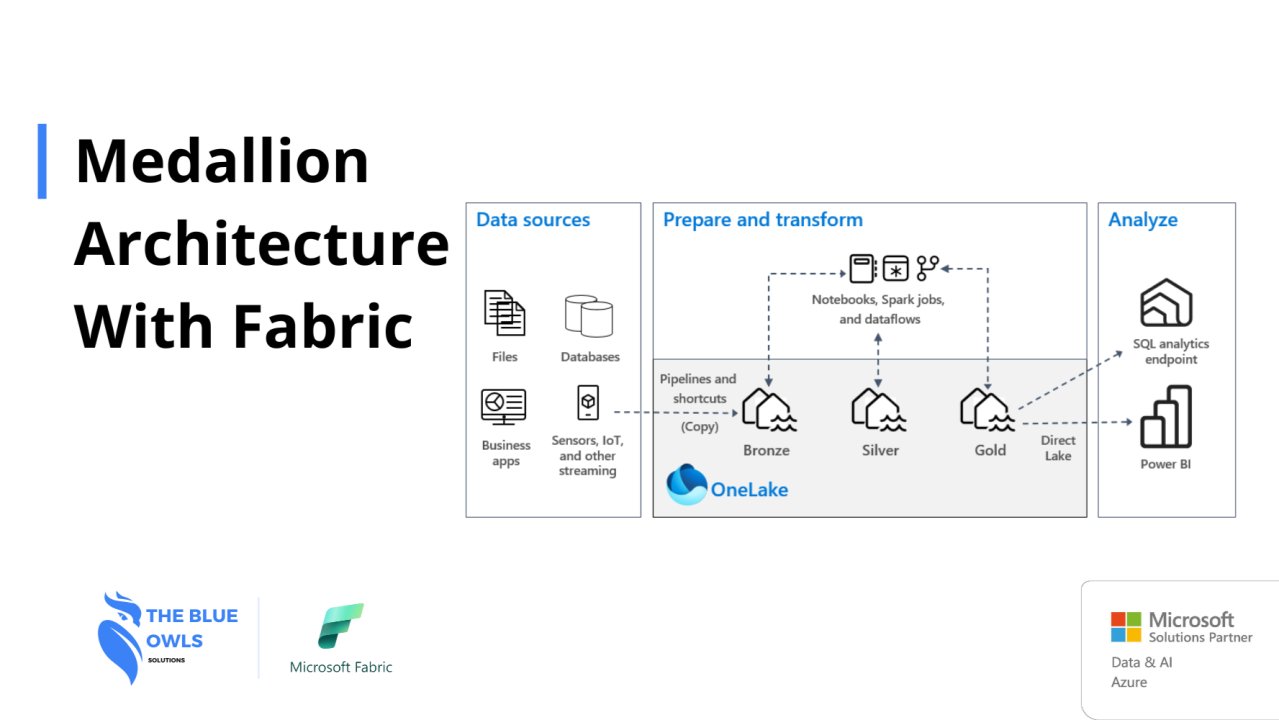The Latest in Data and AI
Category: Microsoft Fabric
-

How to Prevent Fabric Cost Spikes and Optimise TCO
As organisations move more workloads to Microsoft Fabric, predictable cost becomes a governance problem as much as an engineering one. Fabric’s unified capacity model (Capacity Units / CUs, purchased as F-SKUs) is powerful — it lets many teams share a single compute fabric — but that same unification concentrates risk: a single pattern or behaviour…
-

Monitoring and Managing Fabric Capacity with the Metrics App
Introduction Managing capacity in Microsoft Fabric goes beyond provisioning the right SKU — it’s about understanding how that capacity behaves under real workloads. Fabric’s Capacity Metrics App is designed for exactly that: to give administrators and platform owners visibility into compute consumption, workload behavior, and system health across every experience running under a shared capacity.…
-

Introduction to Fabric Capacity Management
As Microsoft Fabric matures into a production-grade analytics platform, the concept of capacity becomes central to how organizations plan, operate, and pay for their data ecosystem. Capacity management in Fabric isn’t simply about compute limits — it’s about ensuring reliability, predictability, and cost control across every workload running under a shared engine. From lakehouse jobs…
-

AI-Ready Data Governance in Microsoft Fabric with Purview
AI succeeds or fails on the trustworthiness of its data. In Microsoft Fabric, governance isn’t a layer added at the end—it’s the connective tissue that binds ingestion, transformation, analytics, and model consumption into a verifiable system of record. Purview provides the policy brain; Fabric provides the execution spine. Done well, governance here is not a…
-

Fabric Mirroring: The Fine Print That Derails Pilots
The promise of zero-ETL is tantalizing: connect your live systems to Microsoft Fabric’s OneLake, and downstream analytics and models just see fresh data without you having to build and maintain tedious pipelines. In early proofs of concept, that idea often works well. But when teams scale toward full pilots or production, hidden limits and schema…
-

Zero-ETL in Practice: Fabric Mirroring patterns that cut pipeline toil by 60%
“Zero-ETL” isn’t a promise that transformation disappears; it’s a shift in where the heavy lifting happens. Instead of building and babysitting brittle copy jobs, the platform continuously reflects source changes into your analytics lake—so teams spend more time modeling for the business and less time fighting pipelines. What Mirroring actually is (and isn’t) Microsoft Fabric…
-

Tackling Data Silos with Fabric’s Medallion Best Practices
There’s a reason so many AI and analytics programs stall after promising pilots. The problem isn’t the model; it’s the mess beneath it — duplicated extracts, undocumented transformations, and business definitions that mutate from team to team. Data silos aren’t just an architectural nuisance; they’re an organizational tax on speed, trust, and outcomes. A Medallion…
-

An Actionable Guide to Adopting Medallion Architecture with Fabric
Most data platforms don’t fail because of tooling. They stall because raw, messy inputs are rushed straight into analytics, each team patches problems locally, and every dashboard bakes in a different truth. The Medallion Architecture fixes this by introducing deliberate layers of quality—Bronze (raw), Silver (cleaned/standardized), Gold (business-ready)—and by making ownership and change management explicit.…
-

Connecting AI Agents to Microsoft Fabric with GraphQL + MCP
TL;DR: Microsoft Fabric’s built-in API for GraphQL plus the Model Context Protocol (MCP) let organisations safely attach conversational AI agents to the organisation’s canonical data estate, delivering faster business insights, shorter time-to-value, and governed automation. For CIOs, this is less about one off experiments and more about a repeatable platform pattern: Unified data (OneLake) →…